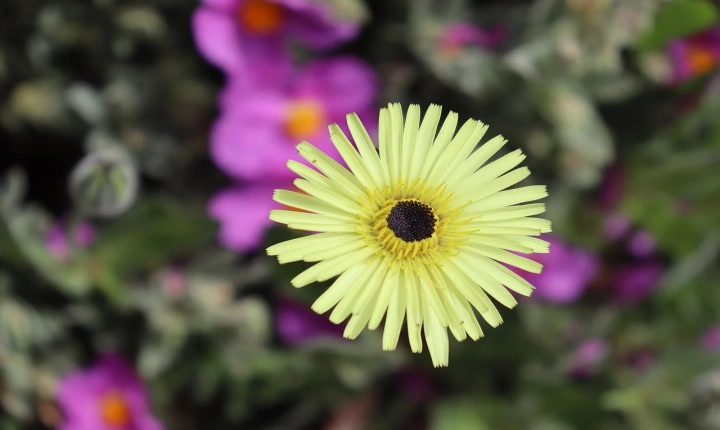Can ChatGPT Generate Logos?
ChatGPT has been making headlines as a leading natural language processing model developed by OpenAI. With its incredible ability to generate human-like text and understand context, many have wondered if it can also be used to create logos.
Logos are a crucial aspect of a business’s branding and identity. They serve as a visual representation of a company’s values, products, and services. Historically, creating logos has been the realm of skilled graphic designers and artists. They bring their creative vision to life through a combination of artistic talent and design software.
However, with the rise of AI and its applications in various fields, the notion of AI-generated logos has piqued the interest of many business owners and branding professionals. The question arises: can ChatGPT, with its impressive language generation capabilities, be utilized to design logos?
By its nature, ChatGPT primarily focuses on language and text generation. While it excels in understanding and responding to textual input, its capacity to create visual art such as logos is limited. Unlike a graphic design tool, ChatGPT lacks the ability to generate or manipulate graphic elements, choose colors, or arrange shapes to form a cohesive, visually appealing logo.
That being said, ChatGPT can still play a role in the logo design process. It can help generate textual descriptions, brand messaging, and concept ideas that can serve as a starting point for the design process. Users can input a brief or description of their brand, and ChatGPT can offer suggestions for themes, values, or concepts that could be reflected in a logo. This can then be used as a foundation for a human designer to create a logo that encapsulates the essence of the brand.
Furthermore, AI-powered design tools do exist and are gaining traction in the field of graphic design. These tools leverage machine learning and generative algorithms to assist designers in creating logos, layouts, and other visual assets. While ChatGPT in its current form may not directly generate logos, it’s not far-fetched to imagine future AI models specifically tailored for visual design tasks.
In conclusion, while ChatGPT may not directly generate logos, its capabilities in understanding and processing language can be leveraged to inspire and inform the logo design process. As AI continues to advance, we may see a future where AI-powered tools can generate logos based on textual input, effectively merging the realms of language and visual design.
Overall, while it’s certainly not at the level of being able to generate professional-grade logos, ChatGPT can offer valuable insights and guidance as part of the overall logo creation process. As technology continues to advance, it is possible that AI will play a larger role in the design of visuals, including logos.
